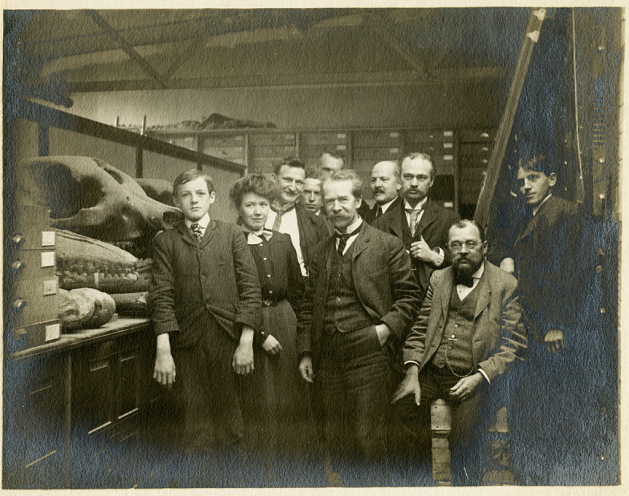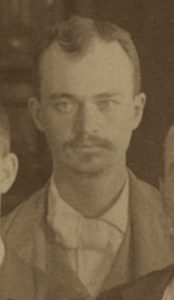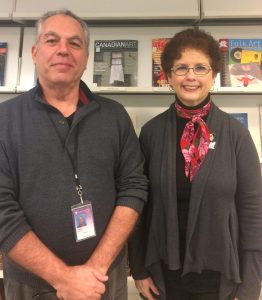
From May 13-20th, the Smithsonian Libraries is participating in the #DigIntoDyar campaign – encouraging the public to transcribe the field books of this remarkable entomologist in the Smithsonian Transcription Center and to learn more about his life and work. This post was written by Marc Epstein, Research Associate at the National Museum of Natural History and author of Moths, Myths and Mosquitos:The Eccentric Life of Harrison G. Dyar, Jr.. You can read Marc’s first post about Dyar here and second here.
Harrison Dyar’s scientific legacy has been overshadowed because he dug extensive underground labyrinths and because of his known bigamy (both explored in-depth in this Washington Post series). His family wealth allowed him to either work gratis or for a pittance at the Smithsonian from 1897-1929.

 From May 13-20th, the Smithsonian Libraries is participating in the
From May 13-20th, the Smithsonian Libraries is participating in the 
